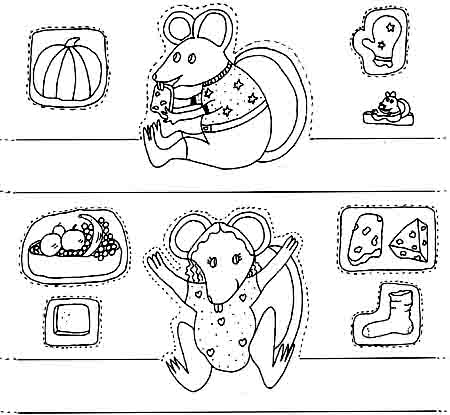Mice
Facts.
The mouse
and rat family (Muridae and Cricetidae) is the largest of the
Mammal group. They are rodents. They
are gnawing and nibbling animals with chisel-like incisor teeth
in each jaw. Their teeth grow continuously because gnawing wears
them down. Mice are smaller than rats. They are active at night
(they are nocturnal). They live in burrows and tunnels made through
grass roots. They prefer to eat seeds, grass, and insects.
The small
house mouse has soft, brownish fur, a pointed nose, large ears,
and a long, hairless tail. It is one of the most destructive pests.
It
builds its nest from odds and ends of household materials in some
out-of-way place.
In the southern
United States, small harvest mice lives in fields. They are half
the size of house mice. In the northern areas, white-footed deer
mice (also called the wood mouse) and meadow mice (also called
the field vole) are common.
Any of these
may enter homes during the cold weather.
Top
![]()
